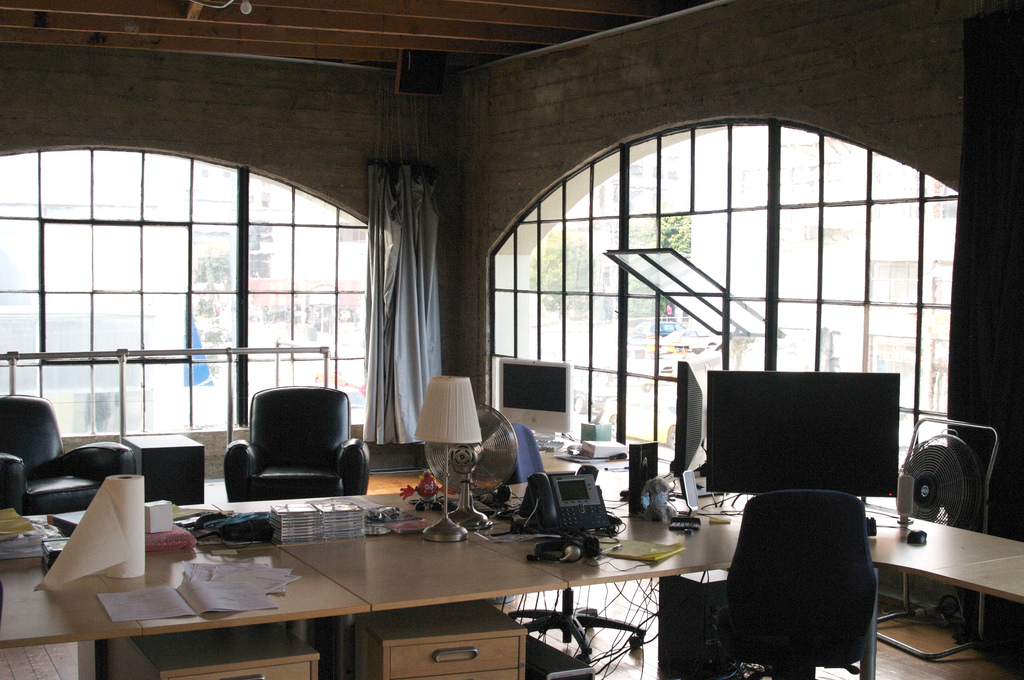We’ve all read the stories about the hot new startups making waves in their industry – and how they’re doing it from colorful beanbag chairs in a once-destitute warehouse on the south side of town. We’re prone to conclude that these startups are sustaining high-level performance because they’ve broken down the (cubicle) walls binding our ability to collaborate, innovate and achieve full potential.
Unfortunately, myths about high performing culture develop from these stories. Now, to dispel a few “must-have” myths:
A ‘Cool’ Vibe
While it may seem that a waterslide snaking through your office will promote innovation, it usually just leaves you all wet. Many high performing companies do have “cool” vibe cultures, but their sustained performance is attributed to much more than the free mocha coolatas. These cultures tend to be manifestations of their founders and leaders – entrepreneurial, risk-taking, intentionally provocative. These outward characteristics predicate high performance when they are founded in certain values: determination to succeed against all odds, an underdog mentality and a youthful exuberance that imitators just can’t match.
Don’t try to be something you’re not. Seek to understand what is truly valued in your organization. Then, ask yourself how those values manifest themselves daily. Are these manifestations going to help you or derail you from achieving your goals? “Cool” doesn’t necessarily mean high performing. And trying to be “cool” when you’re not, certainly isn’t going to end well.
A Charismatic Leader
The second common myth is that organizations need a charismatic leader at the helm in order to inspire greatness in others. In fact, recent thinking is quite the opposite. Highly successful CEOs tend to be those who shy away from the spotlight – those who are maniacally focused on the success of the business and who are never satisfied. If your charismatic CEO spends more time on the speaking circuit than in the office contributing to your organization’s success, you may be in trouble.
A Startup Mentality
While all organizations must be adaptive in order to meet the changing needs of the market (an attribute often associated with quick and nimble startups), this is not a prerequisite for success. Although it may be more challenging to turn the rudder on an ocean liner than a dingy, mature organizations are absolutely able to foster innovative thinking that keeps them competitive. It’s less about a startup mentality and more about understanding your objectives and how your organization’s culture is going to help get you there.
Myth-buster bottom line: A culture of performance is not necessarily a culture that seems catchy. The key is to clarify what you stand for and who you need to be and to execute on that vision authentically.
Image credit: CC by chrismeller





